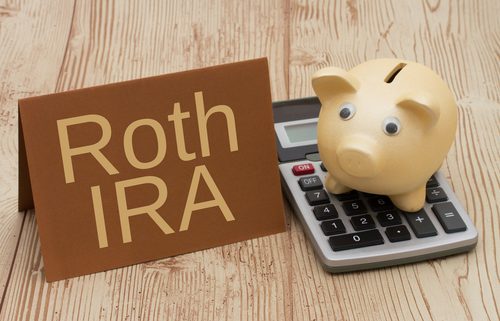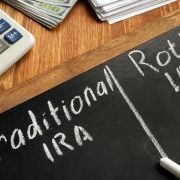Is a Self-Directed Roth IRA Too Flexible for Its Own Good?
Most retirement investors enjoy flexibility. With a Self-Directed Roth IRA, for example, many investors enjoy the idea that the money they put into that account can then grow tax-free. Because taxes are paid on the front end (investors do not get a tax deduction for contributing to a Roth IRA), investors then have the flexibility to invest with that money for retirement with lots of freedom. This is particularly true for a Self-Directed Roth IRA holder who can do all sorts of things with the money inside their retirement account.
But a recent article at the Motley Fool asked if the “ultra-flexible” Self-Directed Roth IRAs might actually be too flexible for its own good. Here is our response.
Can Having Flexibility Backfire on Investors?
The Motley Fool points to one feature of the Self-Directed Roth IRA in particular. Because investors put their after-tax money into this IRA, the IRS is not concerned with people who remove the principal money they have put into the account. After all, this is the money (not the growth) that has already been taxed.
For many people, this is a great feature of the Roth IRA. Because you put in after-tax money, you can then remove the principal with ease. You can consider this a flexibility unique to the Roth IRA. One reason so many investors avoid pulling money out of a 401(k) early, for example, is that the contributions to the 401(k) have yet to be taxed. Pulling that money out early incurs a taxable event on that money.
In other words, investors have early access to the principal amount they put into a Self-Directed Roth IRA. And the Motley Fool seems to be arguing that this is a temptation for retirement investors that is unique to the Roth IRA. Motley Fool recommends against treating the Roth IRA as a sort of back-up emergency fund.
Is It Possible to Avoid this Idea of “Too Much Flexibility”?
Of course, much of what the Motley Fool is saying pertains to money that can easily be pulled out of a Roth IRA. For many common investors, it is easy to do that. They put their Roth IRA in funds and stocks that can be easily sold and moved out. But what if an investor were to build a different sort of portfolio—one that prevented the Self-Directed IRA from becoming “too” flexible to the point where it felt like a backup emergency fund?
It is certainly possible within a Self-Directed IRA. For instance, an investor could use a Self-Directed Roth IRA to invest in real estate. This money would then be tied into the property, which would make it less immediately liquid. This would serve less as an emergency fund and more as the Roth IRA was intended: as a retirement asset.
The level of customization possible with a Self-Directed Roth IRA is powerful. It means investors get to pick and choose how they run their own retirement. For instance, American IRA is a Self-Directed IRA administration firm, but not an investment advisor. That means that investors get to choose how they allocate the money within their own Roth IRA. That is the kind of flexibility many self-directed IRA investors.
Using a Self-Directed Roth IRA
Investors who use a Self-Directed Roth IRA know they have a lot of options. And one option is withdrawing principal from the account before retirement since this is money that has already been taxed. But that does not mean it is how all investors want to treat a Roth IRA.
Interested in learning more about Self-Directed IRAs? Contact American IRA, LLC at 866-7500-IRA (472) for a free consultation. Download our free guides or visit us online at www.AmericanIRA.com.







